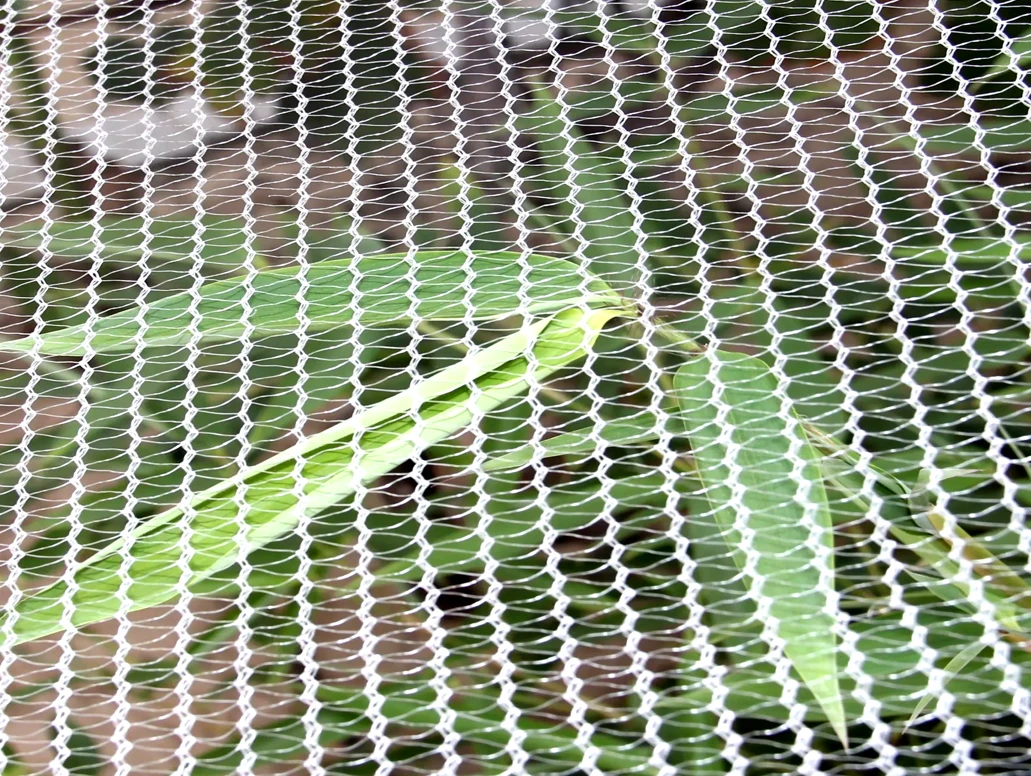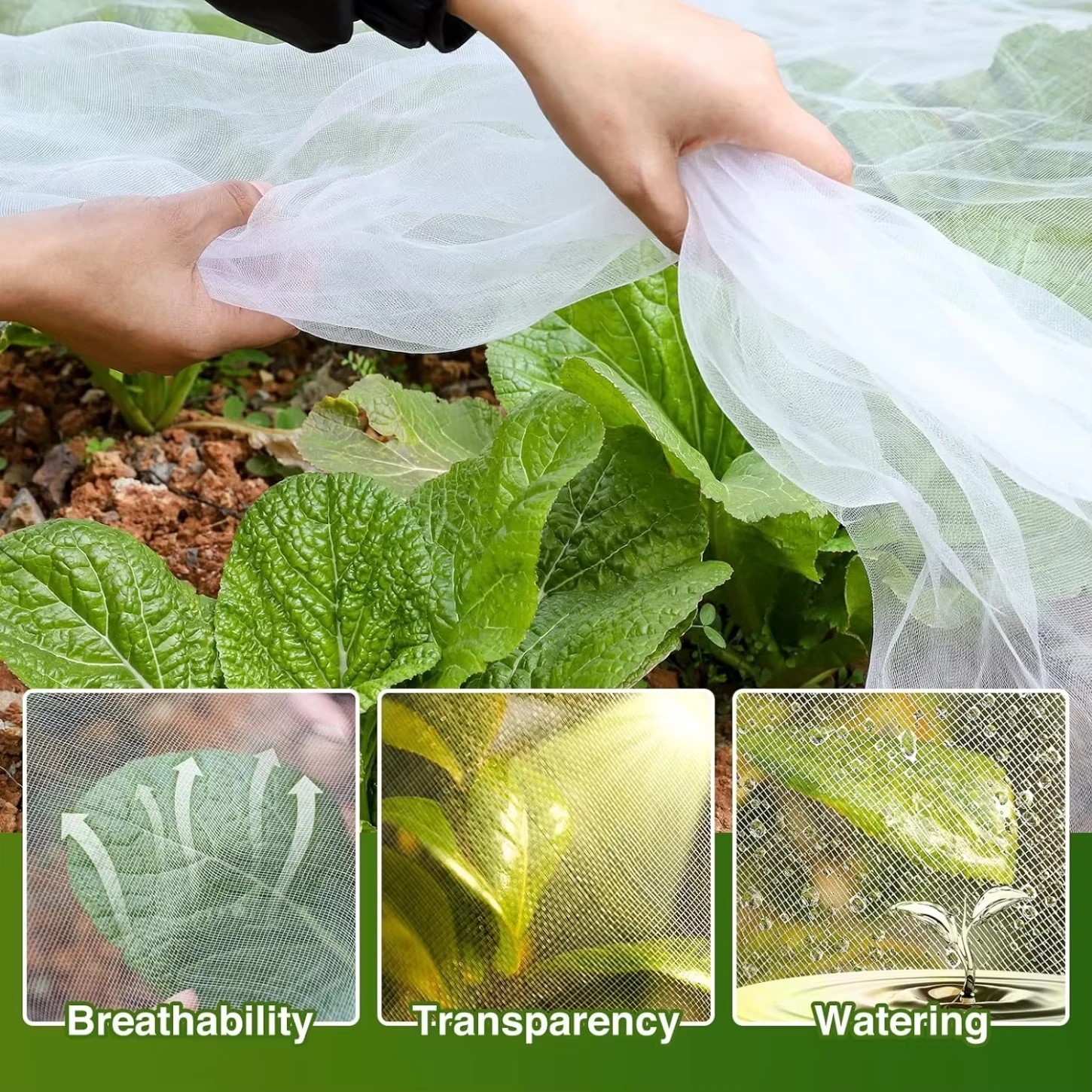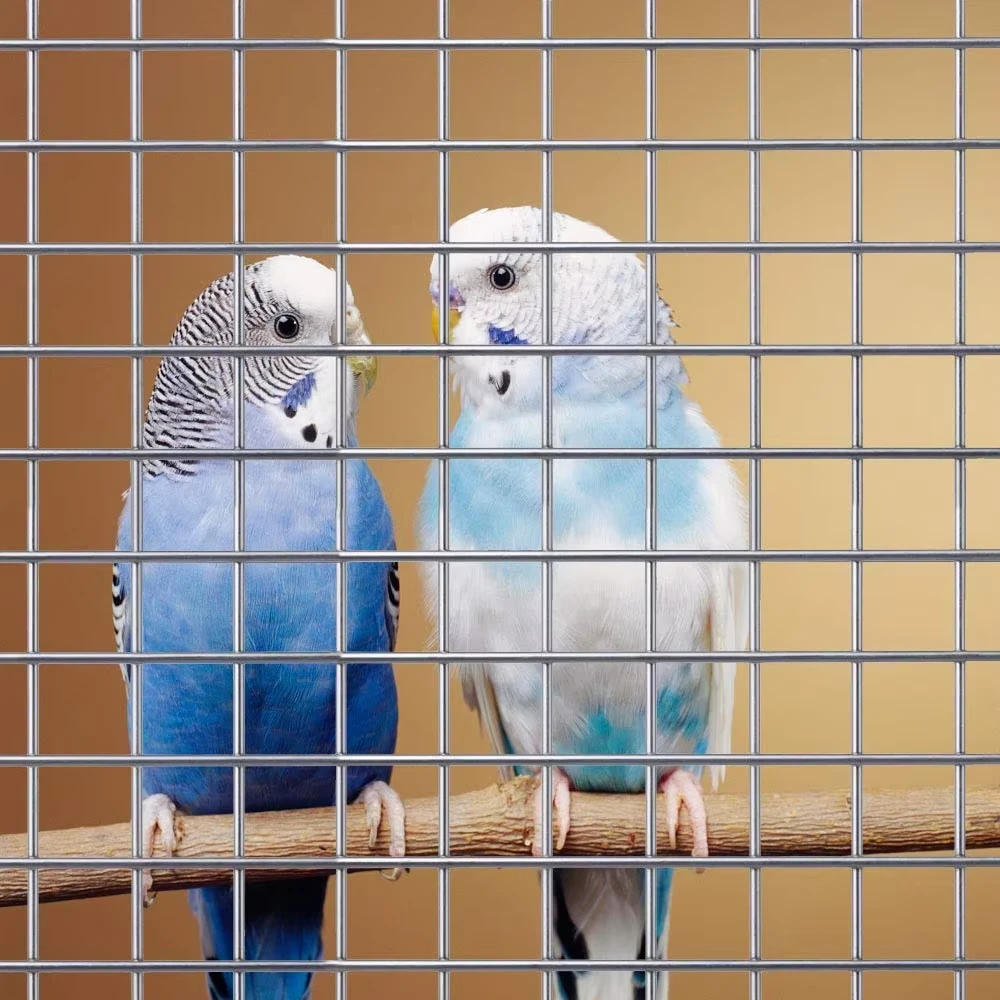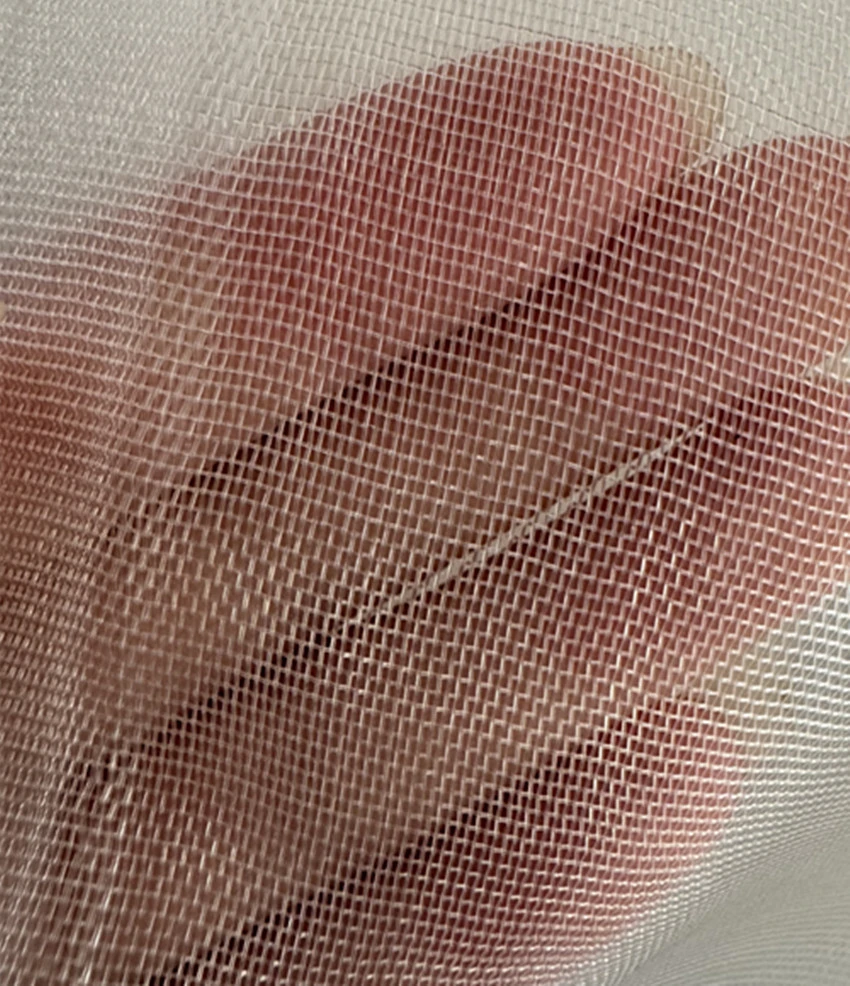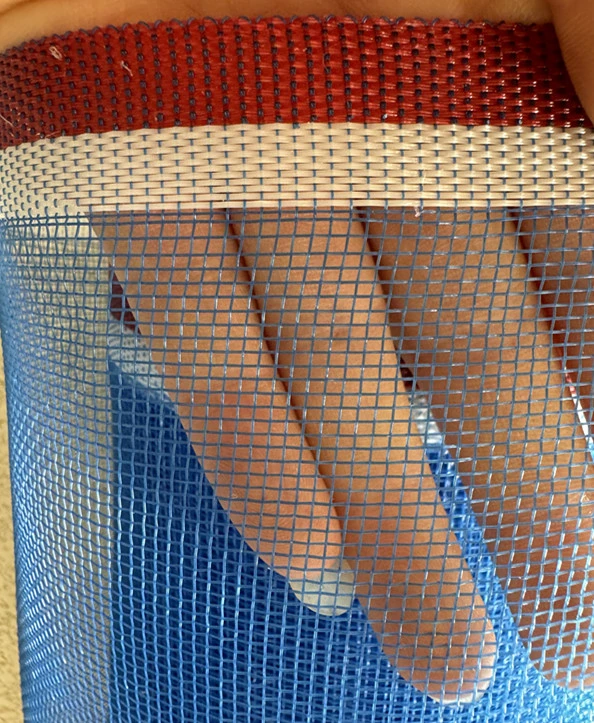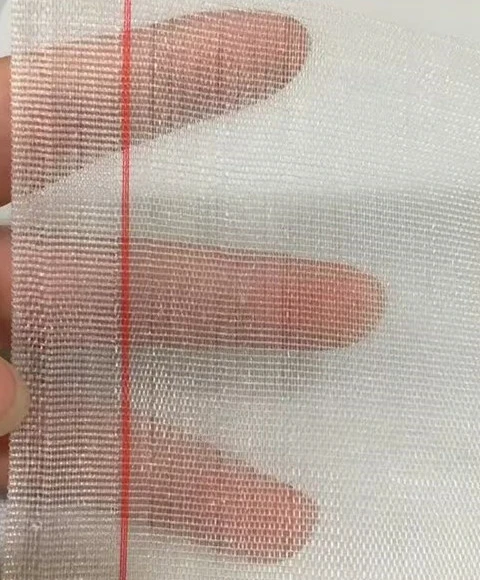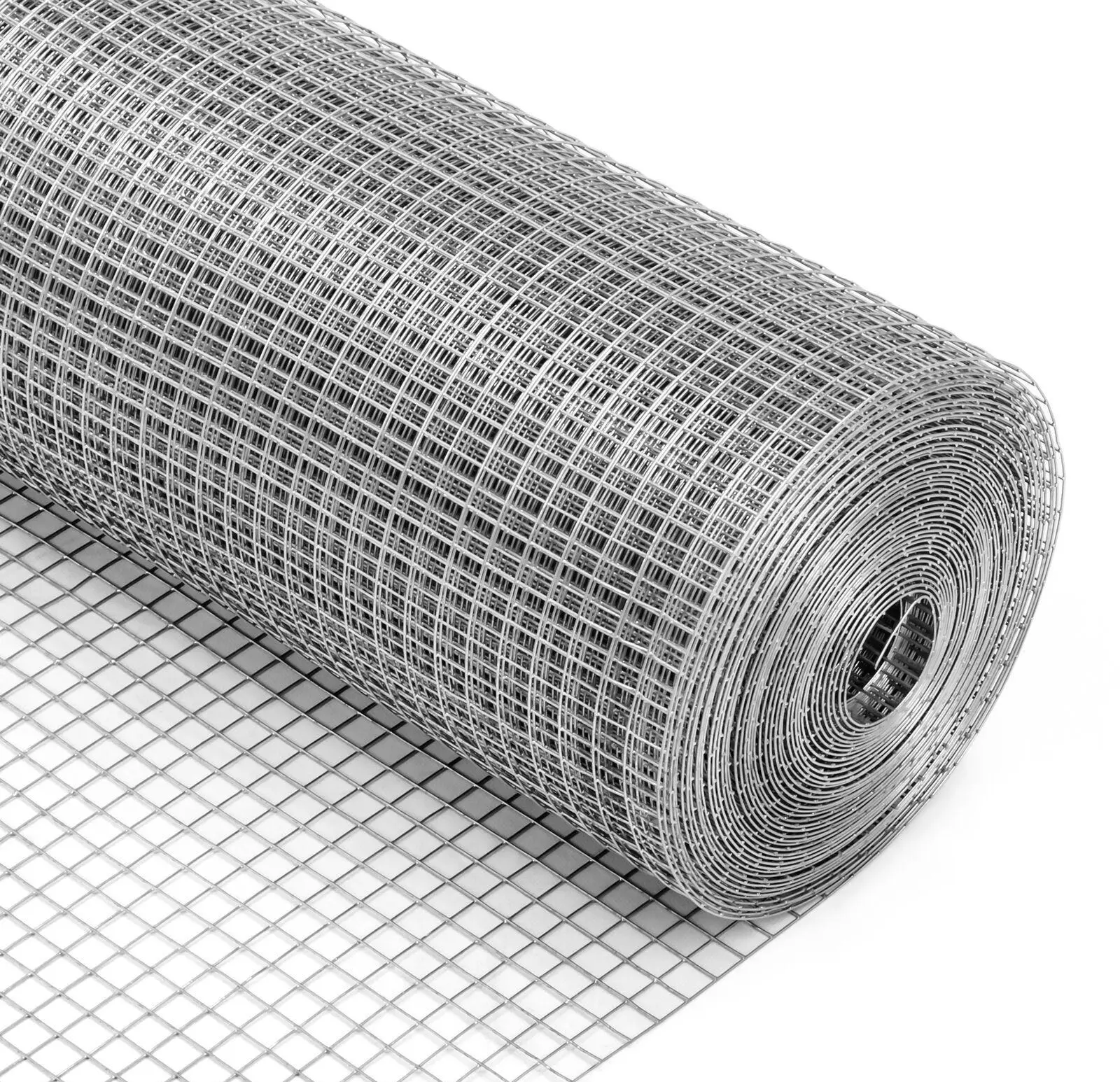-
 Afrikaans
Afrikaans -
 Albanian
Albanian -
 Amharic
Amharic -
 Arabic
Arabic -
 Armenian
Armenian -
 Azerbaijani
Azerbaijani -
 Basque
Basque -
 Belarusian
Belarusian -
 Bengali
Bengali -
 Bosnian
Bosnian -
 Bulgarian
Bulgarian -
 Catalan
Catalan -
 Cebuano
Cebuano -
 China
China -
 Corsican
Corsican -
 Croatian
Croatian -
 Czech
Czech -
 Danish
Danish -
 Dutch
Dutch -
 English
English -
 Esperanto
Esperanto -
 Estonian
Estonian -
 Finnish
Finnish -
 French
French -
 Frisian
Frisian -
 Galician
Galician -
 Georgian
Georgian -
 German
German -
 Greek
Greek -
 Gujarati
Gujarati -
 Haitian Creole
Haitian Creole -
 hausa
hausa -
 hawaiian
hawaiian -
 Hebrew
Hebrew -
 Hindi
Hindi -
 Miao
Miao -
 Hungarian
Hungarian -
 Icelandic
Icelandic -
 igbo
igbo -
 Indonesian
Indonesian -
 irish
irish -
 Italian
Italian -
 Japanese
Japanese -
 Javanese
Javanese -
 Kannada
Kannada -
 kazakh
kazakh -
 Khmer
Khmer -
 Rwandese
Rwandese -
 Korean
Korean -
 Kurdish
Kurdish -
 Kyrgyz
Kyrgyz -
 Lao
Lao -
 Latin
Latin -
 Latvian
Latvian -
 Lithuanian
Lithuanian -
 Luxembourgish
Luxembourgish -
 Macedonian
Macedonian -
 Malgashi
Malgashi -
 Malay
Malay -
 Malayalam
Malayalam -
 Maltese
Maltese -
 Maori
Maori -
 Marathi
Marathi -
 Mongolian
Mongolian -
 Myanmar
Myanmar -
 Nepali
Nepali -
 Norwegian
Norwegian -
 Norwegian
Norwegian -
 Occitan
Occitan -
 Pashto
Pashto -
 Persian
Persian -
 Polish
Polish -
 Portuguese
Portuguese -
 Punjabi
Punjabi -
 Romanian
Romanian -
 Russian
Russian -
 Samoan
Samoan -
 Scottish Gaelic
Scottish Gaelic -
 Serbian
Serbian -
 Sesotho
Sesotho -
 Shona
Shona -
 Sindhi
Sindhi -
 Sinhala
Sinhala -
 Slovak
Slovak -
 Slovenian
Slovenian -
 Somali
Somali -
 Spanish
Spanish -
 Sundanese
Sundanese -
 Swahili
Swahili -
 Swedish
Swedish -
 Tagalog
Tagalog -
 Tajik
Tajik -
 Tamil
Tamil -
 Tatar
Tatar -
 Telugu
Telugu -
 Thai
Thai -
 Turkish
Turkish -
 Turkmen
Turkmen -
 Ukrainian
Ukrainian -
 Urdu
Urdu -
 Uighur
Uighur -
 Uzbek
Uzbek -
 Vietnamese
Vietnamese -
 Welsh
Welsh -
 Bantu
Bantu -
 Yiddish
Yiddish -
 Yoruba
Yoruba -
 Zulu
Zulu
Benefits of Anti Insect Nets in Increase Agriculture Growth
Benefits of Anti Insect Nets in Increase Agriculture Growth
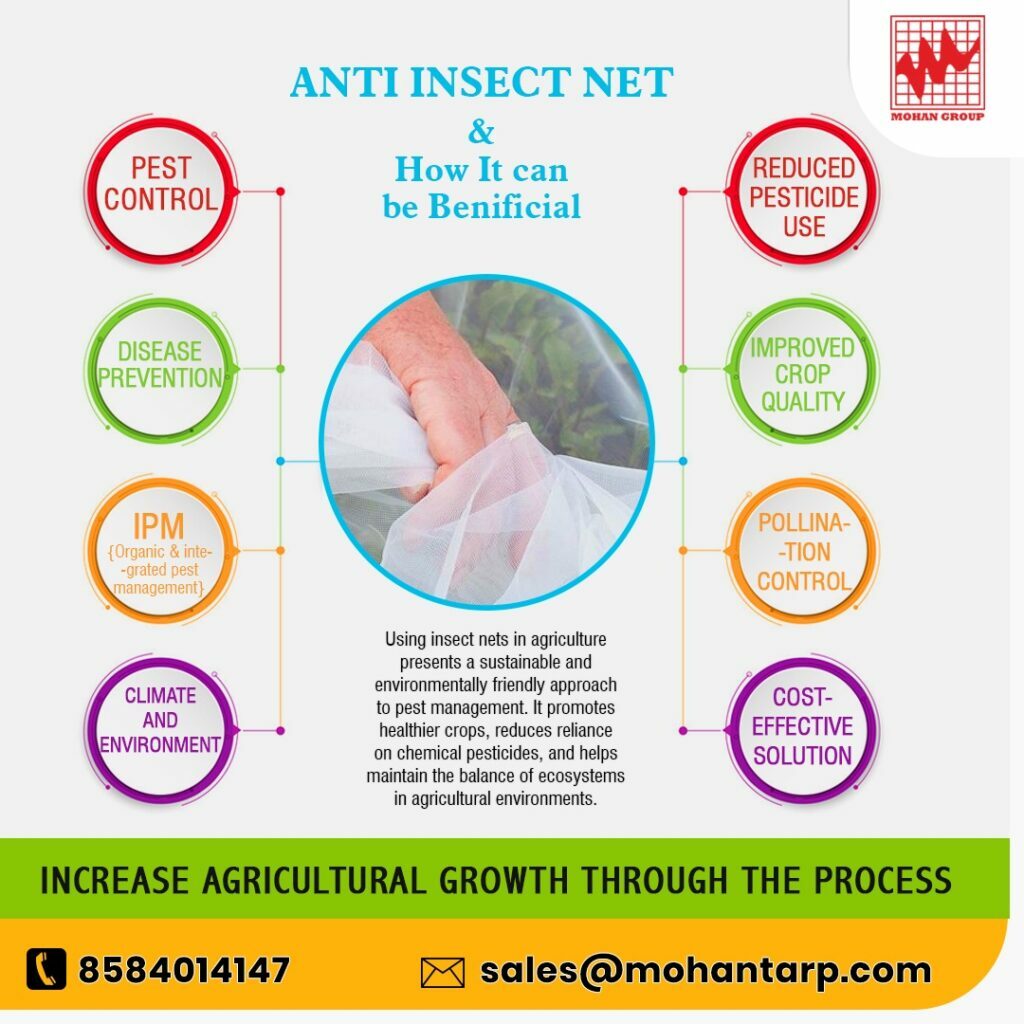
Using insect nets in agriculture offers several advantages and benefits. Here are some key points on why you should consider using insect nets for agricultural purposes:
Pest control:
Insect nets act as a physical barrier, preventing insects and pests from accessing crops. They create a protective shield around plants, reducing the need for chemical pesticides. By excluding pests, insect nets help minimize crop damage and yield loss caused by insects such as aphids, caterpillars, beetles, and other harmful pests.
Anti insect net
Reduced pesticide use:
By using insect nets, farmers can significantly reduce their reliance on chemical pesticides. This approach promotes sustainable farming practices by minimizing the environmental impact associated with pesticide use. It also helps maintain ecological balance by preserving beneficial insects and minimizing the risk of pesticide resistance in pest populations.
Disease prevention:
Insect nets not only keep out pests but also act as a barrier against insect-transmitted plant diseases. Many plant diseases, such as viruses and bacteria, are spread by insects like aphids and thrips. By preventing their entry, insect nets can effectively reduce the incidence and spread of such diseases, leading to healthier crops and improved yield.
Improved crop quality:
Insect nets help maintain the quality of agricultural produce by protecting it from physical damage caused by pests. Insects can cause blemishes, discoloration, and deformities on fruits, vegetables, and other crops, rendering them unsuitable for market or consumption. Insect nets prevent direct contact between insects and crops, ensuring better visual appeal and marketability of the produce.
Organic and integrated pest management (IPM):
Insect nets play a crucial role in organic farming and integrated pest management strategies. By utilizing insect nets as a primary pest control measure, farmers can adhere to organic certification standards and reduce the use of synthetic pesticides. Integrated pest management focuses on a holistic approach to pest control, combining various methods, and insect nets are an important component in this strategy.
Pollination control:
Insect nets can be used selectively to control pollination in certain crops. In some cases, such as in seed production or hybridization, it is essential to prevent cross-pollination between different plant varieties. Insect nets provide a physical barrier to restrict the movement of pollinators, ensuring controlled pollination and maintaining the genetic integrity of the crops.
Climate and environmental factors:
Insect nets can help mitigate the impact of climatic factors on crop growth. They can act as a windbreak, protecting plants from strong winds that can cause physical damage or desiccation. Insect nets also provide shade, reducing excessive sunlight exposure and heat stress on sensitive crops.
Cost-effective solution:
Although there is an initial investment in purchasing and installing insect nets, they offer long-term cost savings. By reducing the need for chemical pesticides, farmers can lower input costs associated with purchasing and applying pesticides. Additionally, insect nets are durable and can be reused for multiple growing seasons, providing ongoing protection and value.
Using insect nets in agriculture presents a sustainable and environmentally friendly approach to pest management. It promotes healthier crops, reduces reliance on chemical pesticides, and helps maintain the balance of ecosystems in agricultural environments.
-
Anti Hail Net | UV-Stable, High-Strength Orchard ShieldNewsNov.17,2025
-
Anti Bird Netting – UV-Stable, Durable, Humane ProtectionNewsNov.17,2025
-
Welded Wire - Durable, Rust-Resistant Mesh, Custom SizesNewsNov.17,2025
-
Garden Mesh Sun Shade – UV-Resistant, Durable, Custom SizesNewsNov.17,2025
-
Bird in Net Solution: Humane, UV-Resistant Bird NettingNewsNov.17,2025
-
Stainless Steel Filters: Durable, Washable, High-FlowNewsNov.10,2025





